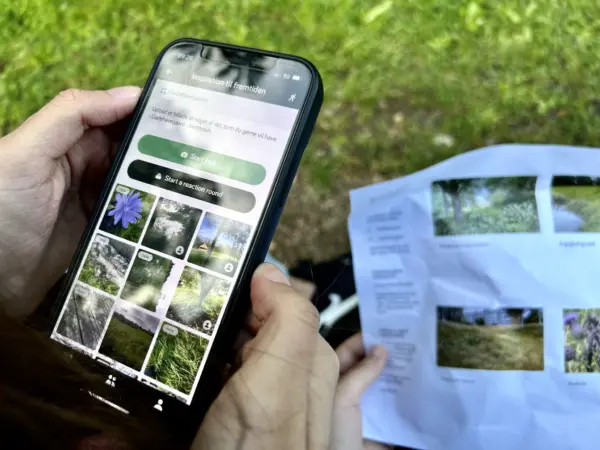Our Walk App is a digital tool that enables participatory research about a place or a city under transformation. We use it to engage citizens, stakeholders and local communities in the data-collection, idea generation and co-design of cities and neighbourhoods.
In an engagement process, a group of locals join the app in a designated user group. All users of the same group are asked to complete one or more photo tasks. To complete a task participants go for a walk and take pictures of places and situations that are worth capturing or meaningful to them - in relation to the specific task they are given.
An example task could be: “Take photos of the things in your local area you like/dislike the most”.
To complete the photo task, the user is also asked to “annotate” the photo. This annotation can e.g. be a rating on how much they like/dislike the photo, or some text explaining why they chose their motive.
When photo tasks are completed, people have the opportunity to react to other users’ photos and give opinions on what they like/dislike about the motive other people have captured.
Requirements: In order to participate in an engagement round all users must have a smartphone (iPhone or Android) and be willing to enable sharing of their location data.







